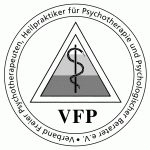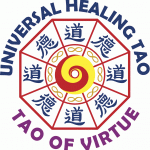Autogenous training is a relaxation method based on autosuggestion. It was developed by the Berlin psychiatrist Johannes Heinrich Schultz from the Hypnose, presented 1926 for the first time and published 1932 in his book The autogenic training. Today, the autogenic training is a widespread psychotherapy method, which is even legally recognized in Germany and Austria.
Meditation (of “meditation, contemplation, contemplation”) is a spiritual practice practiced in many religions and cultures. Through mindfulness or concentration exercises, the mind should calm down and gather. In Eastern cultures it is considered a basic and central awareness-raising exercise.
How does meditation work?
The effect of meditation is complex. Studies show the positive effects of meditation on health in the following areas:
Meditation strengthens physical health
- Reduction of hypertension, the heartbeat is slowed, breathing is deepened, muscle tension is reduced.
- Improved treatment of chronic and tension pain
- Strengthening the immune system and health
- Reduction of headaches
- Relaxing effect on stress
Meditation strengthens mental health
- Reduction of anxiety
- Reduction and better recovery during burnout and depression
- Minimize sleep disorders
- Reduction of stress tinnitus, obsessive-compulsive disorder
Meditation supports behavioral changes and / or helps with behavioral disorders
- Reduction of aggression
- Recovery of alcohol abuse
- Reduction of eating disorders
- Overcoming learning difficulties
- Improved handling of addiction
Sources:
In the case of progressive muscle relaxation (short PMR, progressive relaxation, short: PR, or deep muscle relaxation) according to Edmund Jacobson it is a relaxation procedure, by the deliberate and conscious attachment and relaxation of certain muscle groups a condition Deep relaxation of the whole body is to be achieved. In doing so, the individual muscle parts are first tensioned in a certain sequence, the muscle tension is kept short, and then the tension is released. The concentration of the person is directed at the change between tension and relaxation and the sensations that are associated with these different states. The aim of the procedure is to reduce the muscle tension below the normal level due to improved body perception. Over time, the person should learn to bring about muscular relaxation whenever they want. In addition, by relaxing the muscles, other signs of physical agitation or excitement should be reduced, such as heart palpitations, sweating or trembling. In addition, muscle tension can be tracked and loosened, thus reducing painful conditions.
How do the Tao practices work?
Yoga, Qigong and Tai Chi are techniques that work on body structure and body perception. In conjunction with meditation and massage, these practices lead to a new self-awareness, a more positive and responsive attitude to oneself and to one’s own body and a growing sense of one’s own health.


